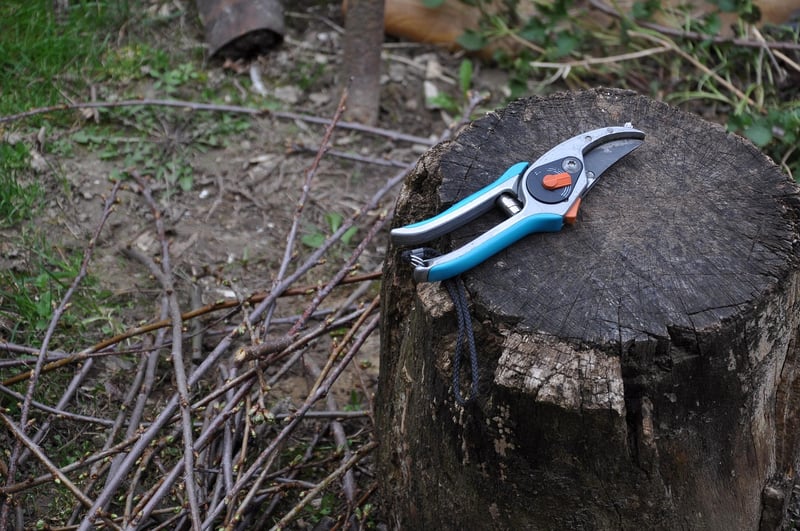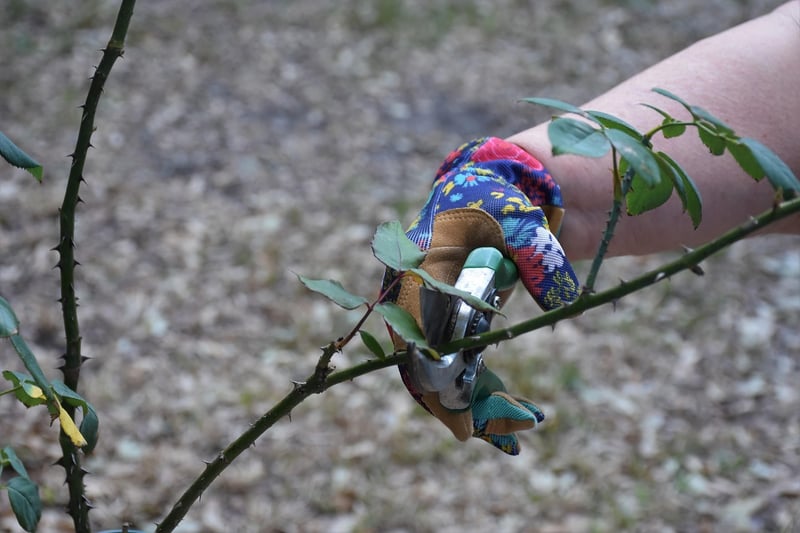Pruning Guide
Keeping Your Garden Healthy: A Pruning Guide
Introduction to Garden Pruning
Pruning is an essential practice that helps maintain the health and aesthetics of your garden. By removing dead or overgrown branches, you can promote growth, improve air circulation, and prevent disease. Proper pruning also encourages flowering and fruit production in many plants.
Benefits of Pruning
- Promotes plant growth
- Improves air circulation
- Prevents disease spread
- Enhances flowering and fruit production
- Shapes plants for aesthetic appeal
When to Prune
The best time to prune varies depending on the type of plant. Generally, late winter or early spring is ideal for most deciduous trees and shrubs, while summer-flowering plants are best pruned in late winter or early spring. Avoid pruning during the fall as it can stimulate new growth that may be damaged by winter frost.
Pruning Techniques
When pruning, use clean and sharp tools to make precise cuts. Always prune at a 45-degree angle just above a bud to encourage healthy new growth. Remove dead or diseased branches first, followed by crossing branches and any suckers or water sprouts.
Common Mistakes to Avoid
- Over-pruning, which can weaken the plant
- Pruning at the wrong time of year
- Not sterilizing tools between cuts, leading to disease spread
- Using dull tools that can damage plant tissue
Conclusion
Pruning is a valuable skill that every gardener should master to keep their garden healthy and thriving. By understanding the benefits of pruning, knowing when to prune, and using the right techniques, you can ensure your plants reach their full potential.

For more detailed pruning guides and tips, check out Royal Horticultural Society's pruning advice.
